Just because a small building project requires concrete, it doesn't mean you have to call for help. Follow these steps to mix your own concrete and save money.
Your tools:
- Water hose
- Shovel
- Water bucket
- Wheelbarrow
How much concrete do you need?
Concrete is always poured into a “form” or hollow in the ground. To work out how much concrete you need, measure the volume of the space you are going to fill.
Formula for square, rectangle: Width x Depth x Length = m3.
.png.aspx) Correct ratios: See here
Correct ratios: See here
Post holes (cylindrical forms)
Using a measuring tape, measure the diameter (width) and depth of the hole.
Formula: diameter x diameter = Y
Y x depth = Z
Z x 0.8 = m3
You will need:
1. Cement
A bag of cement is the basic ingredient for concrete, mortar and plaster.
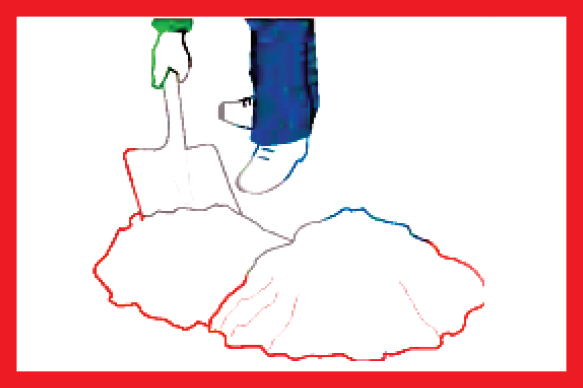 2. Clean concrete sand
2. Clean concrete sand
Ask your supplier for clean concrete sand. The sand should be free of twigs, roots or other foreign matter.
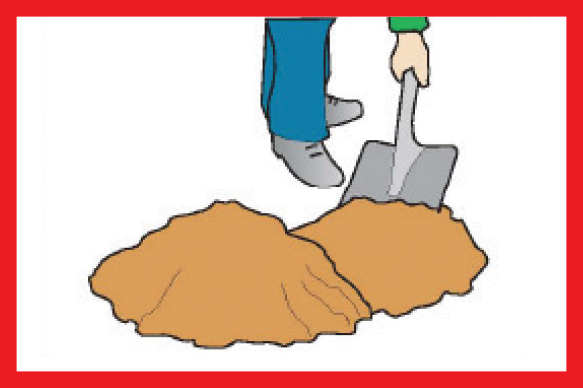 3. Clean stone
3. Clean stone
13mm to 19mm in diameter is the ideal stone size.
.jpeg.aspx) 4. Clean water
4. Clean water
If you can drink it, it is suitable for concrete.

Manual mixing
For small batches:
(Use a bucket/tin to measure quantities.)
a. Mix in a wheelbarrow.
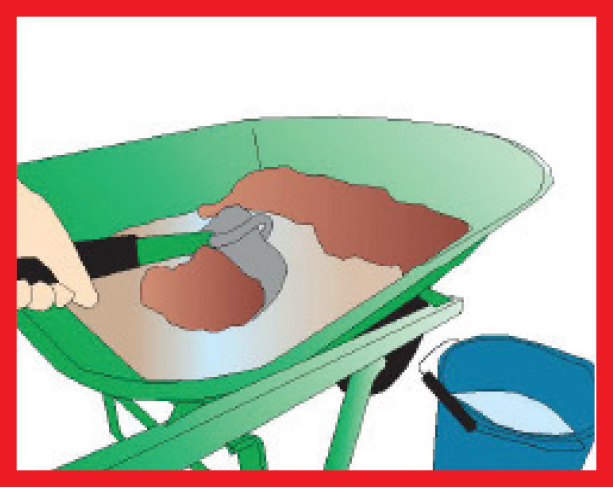 For larger batches:
For larger batches:
(Use a wheelbarrow to measure quantities.)
a. Measure out sand and place in a long, thin heap on a flat, clean, hard surface.
b. Pour out cement on top of the sand.
c. Mix the cement and the sand together, until an even colour is achieved.
d. Create a hollow in the centre and slowly add clean water while mixing, until a good paste is formed.
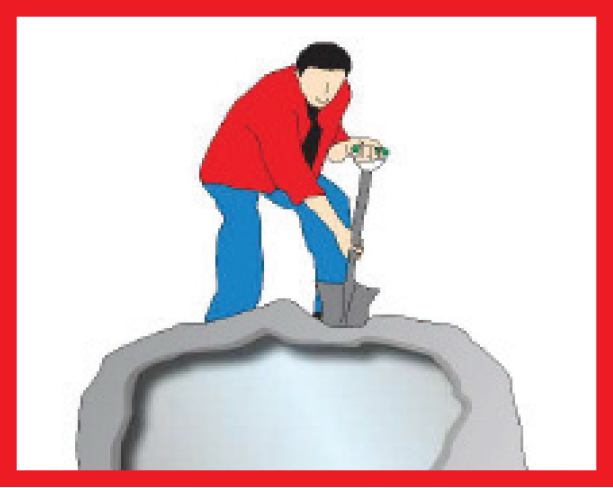 Too much water will reduce the final strength of your concrete!
Too much water will reduce the final strength of your concrete!
e. Add stone to paste and mix well. The stone tends to dry out the mix; a little more water may be needed. The concrete is now ready for placing.
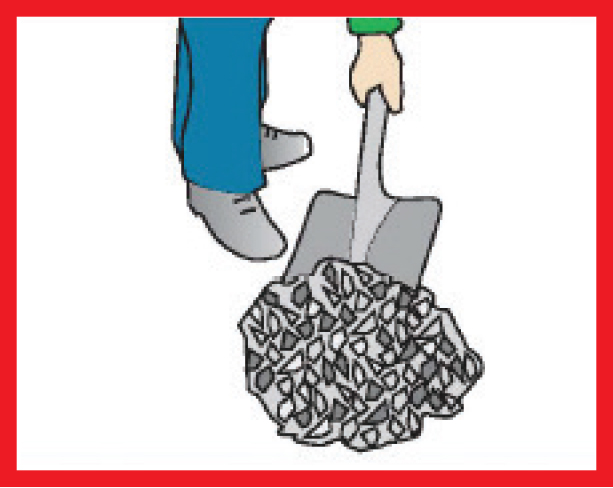
Using a concrete mixer

If you use a concrete mixer, the batch size should suit the mixer. Underfilling the mixer wastes time, while overfilling the mixer results in spillage and poor mixing.
a. Measure the quantity of stone and place in the mixer. Add a little water to wet the stone.
b. Add the measured quantity of cement.
c. Add the measured quantity of sand.
d. Finally, add water, a little at a time, until the concrete is flowable but not runny.
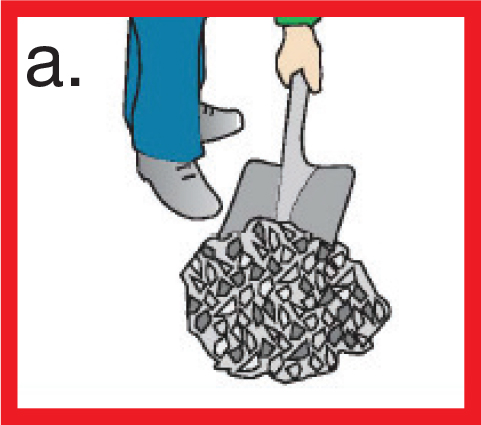.jpeg.aspx)
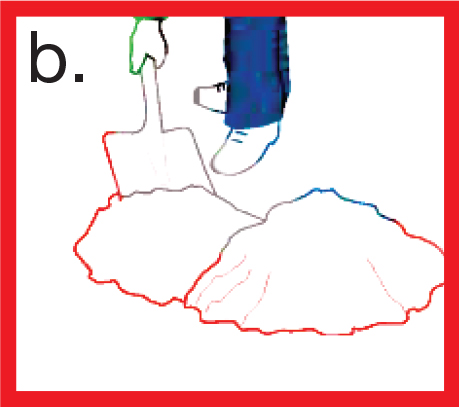
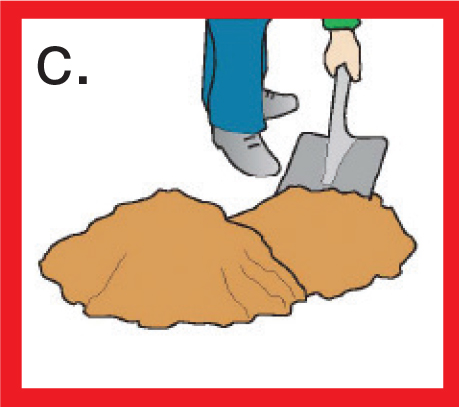

As a rough guide: To mix 1 cubic metre of concrete (1 m3) you will need 4-6 bags of cement, plus approximately 0.7m3 of sand and 0.7m3 of stone.
How do I place concrete?
1. Concrete must be placed within an hour of mixing.
2. Place the concrete as close to the final position as possible.
3. If the concrete is being placed on the ground, make sure the ground is dampened with a spray of water before placing concrete.
4. Once placed, spread the concrete evenly with a rake or spade.
5. The concrete should be well compacted or “tamped down” with a rod or spade, making sure that the concrete fills the form or hole completely.
6. To create a flat surface (for a slab or driveway) use a wooden straight edge tool. First use a “chopping” motion, then a sawing motion, to flatten the surface and then strike off the excess concrete.
7. Concrete slabs or driveways should be divided into panels to limit cracking. Joints should be no more than 2.5 metres apart for 80mm thick slabs and about 3.5 metres apart for 100mm thick slabs.
8. Once it has stiffened, keep the concrete damp by covering it with plastic sheeting, damp Hessian, damp sand, or by spraying it with water regularly. For optimum strength, this curing process should be continued for 7 days.
9. For driveways, keep vehicles off the concrete for at least 10 days.